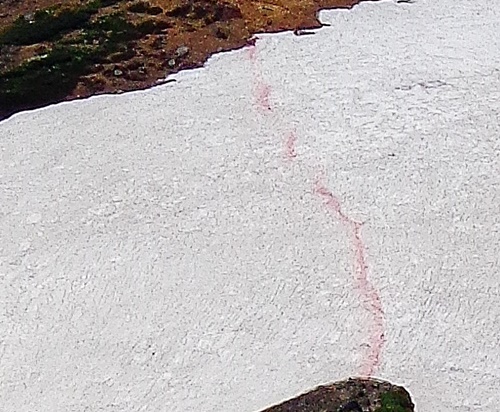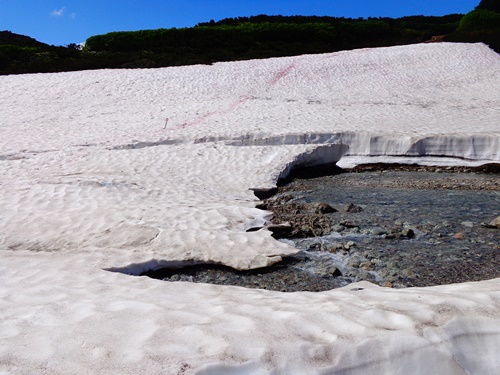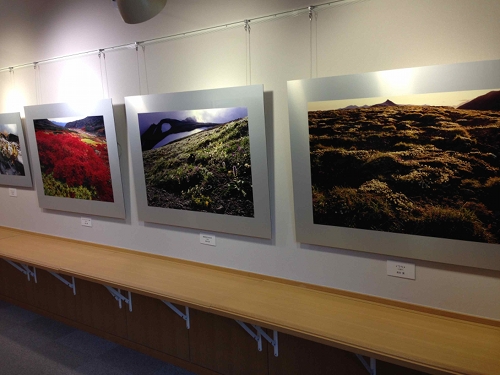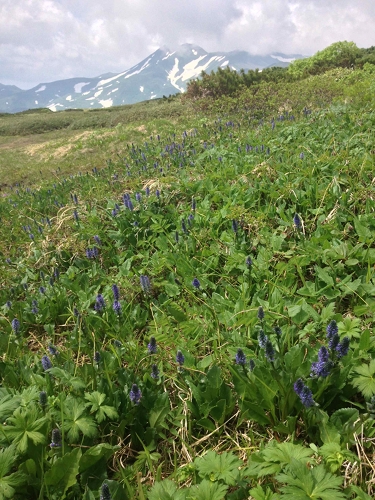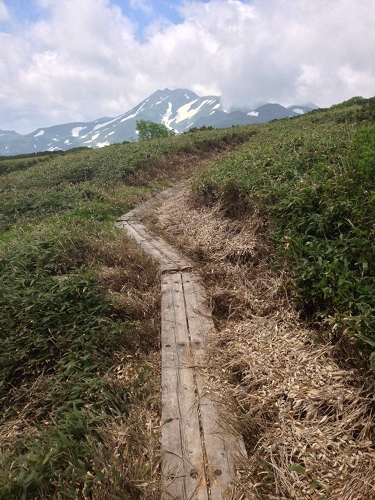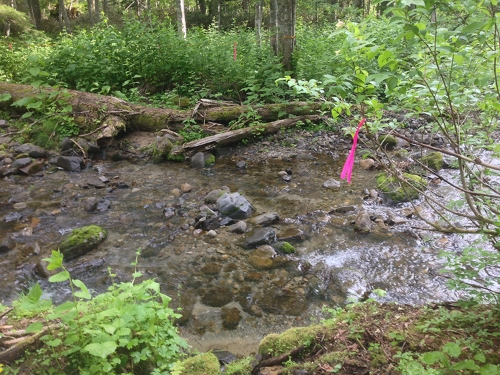Unlike most years, the snowy gorge below the junction is without undulations. It covers about 70 meters. Climbers are asked to descend it with particular care.
As of today, the gabions of the Akaishi River are visible.
Although it is still possible to walk on the snow, the situation will change as the temperature rises.
Therefore, climbers should be fully prepared with all necessary equipment.
Photos: Snowy gorge below the Mt. Hokuchindake junction (left) and Akaishi River (right) Jul. 4
As of today, the gabions of the Akaishi River are visible.
Although it is still possible to walk on the snow, the situation will change as the temperature rises.
Therefore, climbers should be fully prepared with all necessary equipment.
Photos: Snowy gorge below the Mt. Hokuchindake junction (left) and Akaishi River (right) Jul. 4
